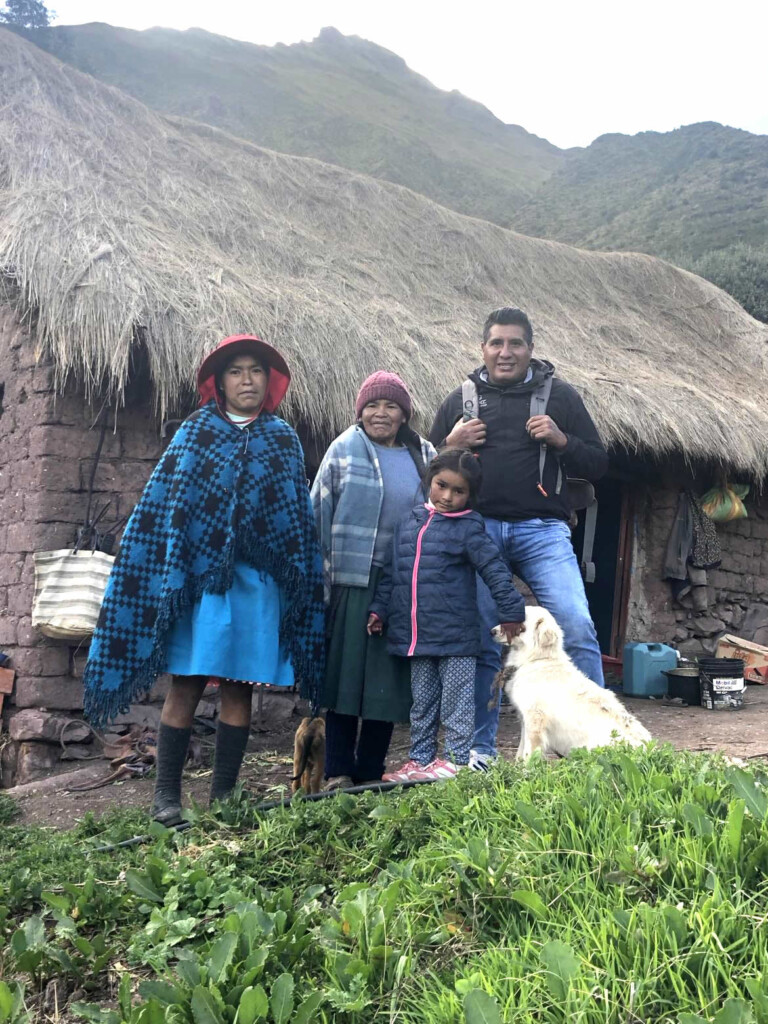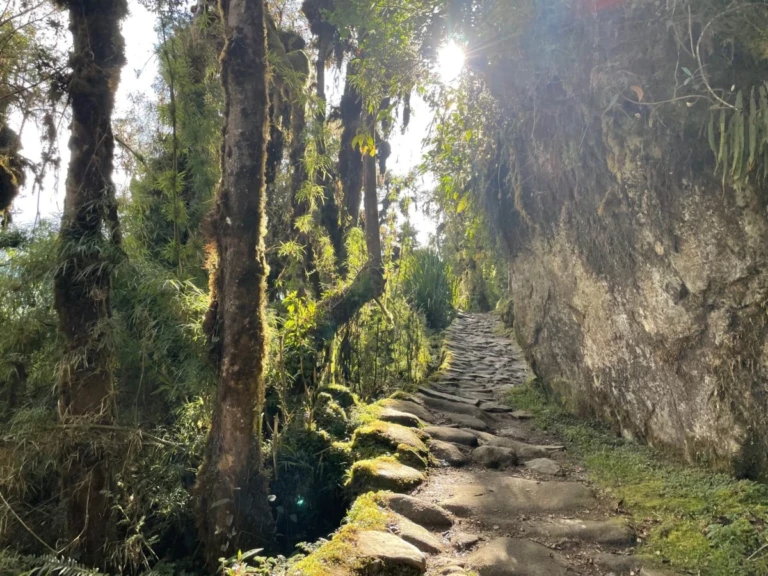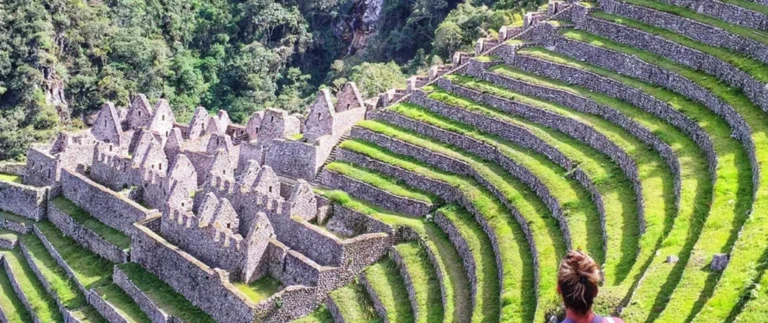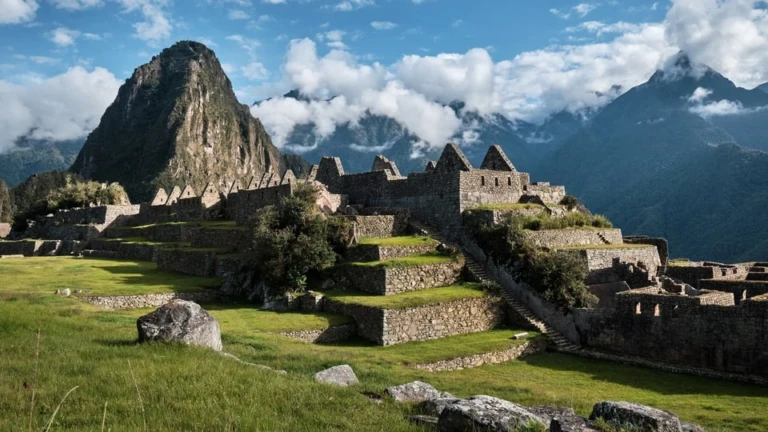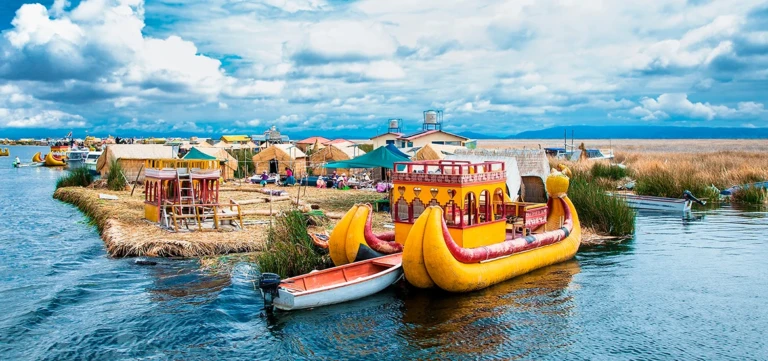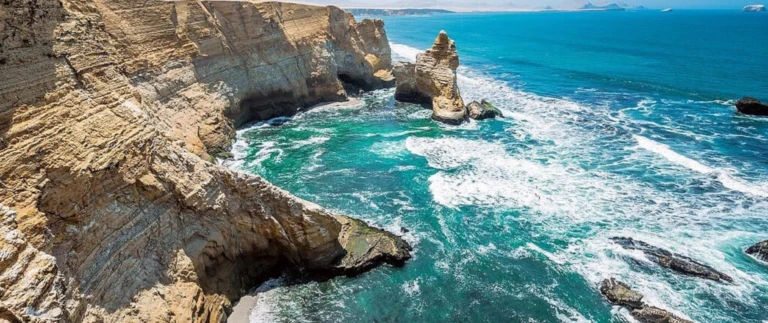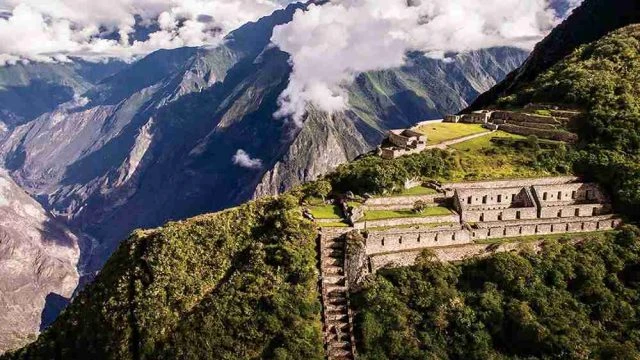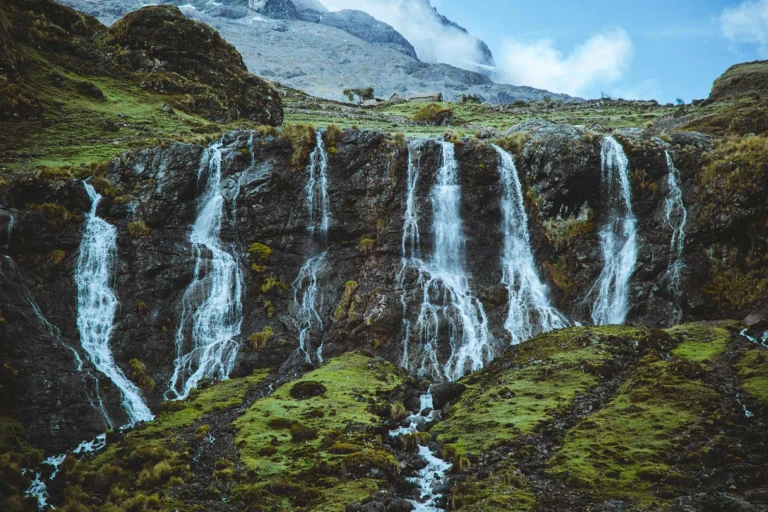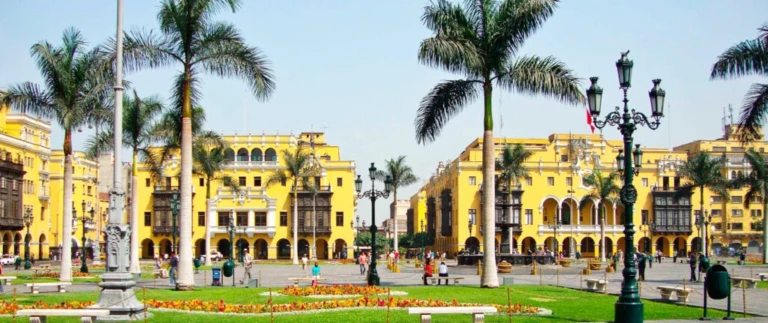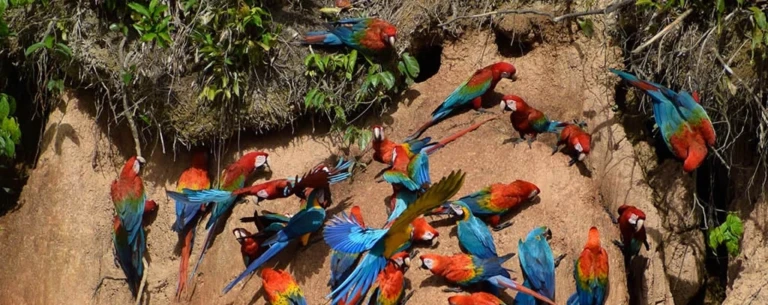Choquequirao Trek 4 day and 3 night
OVERVIEW:
The Choquequirao Trek is a great alternative to the Inca Trail. Escape the crowds and enjoy 4 days and 3 nights of adventure, ancient ruins and spectacular scenery. You’ll plunge deep into the Apurimac valley and then climb back up again to reach the impressive Choquequirao ruins, making this 4 day Choquequirao tour one of the best treks in Peru.
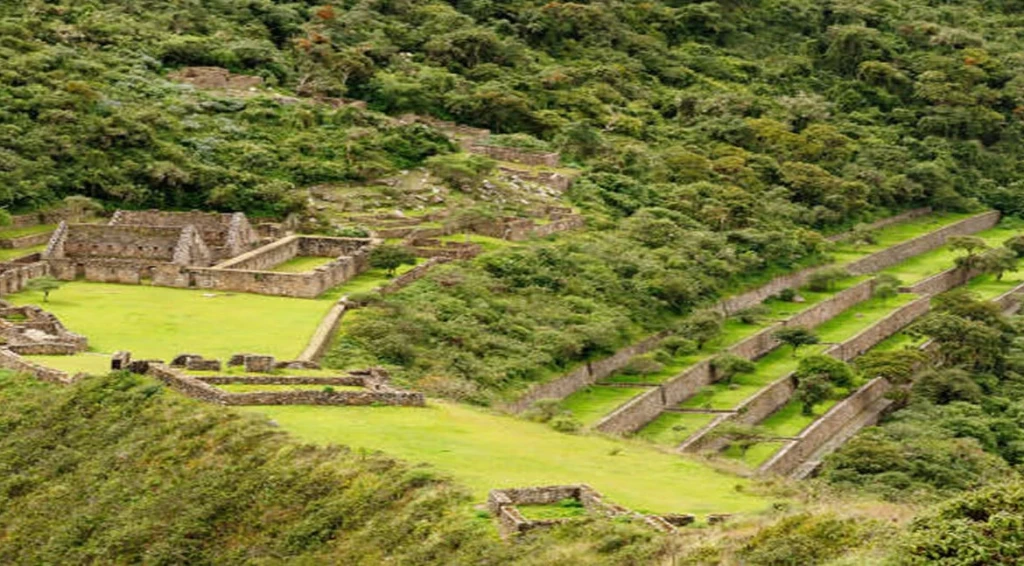
Day 1: Cusco – Capuliyoc – Chiquisqa - Santa Rosa.
It’s an early start on the first day of the classic 4 day Choquequirao trek: after picking you up from your hotel early in the morning, we head for Capuliyoc, leaving the hustle and bustle of Cusco behind. After about 4 hours until we arrive at Capuliyoc (2970m / 9744ft) where we’ll have our first breathtaking views of the Apurimac Valley below, as well as the impressive Padrayoc and Huayna Cachora peaks.
We’ll meet our (muleteers) here and after a short 15 minute walk, we’ll stop to have our lunch at the Capuliyoc lookout point. Refueled and refreshed, we’re ready to start the steep 4 hour descent into the Apurimac Canyon until we reach Chiquisca (1950m / 6397ft), with incredible drop-offs at our sides.
After another hour of hiking, we reach the roaring Apurimac River (1520m / 4986ft)
where we’ll begin the climb to the Santa Rosa campsite (2095m / 6873ft). This is a tough, 2-hour climb but you’ll be thankful for it the next day! This campsite on day one of our Choquequirao tour is further along the trail than the most popular camp, making for a more restful evening where you can soak up the stars. This day is flexible and so the route you trek might not correspond exactly to the route described here. Walking times depend on the time of departure and on the nature of the group. The guide may change lunch spots and campsites, depending on the progress of the group.
Please take note that there might be biting insects on the trail, thus repellent will be needed! It can get very hot on the trail (not just in the canyon!), going up to 30- 35oC (86oF – 95oF). It can get as hot as 40oC (104oF) in the canyon.
• Total Walking Distance: 12 km
• Total Walking Time: 6-7h
• Minimum Altitude: 1520m (4986 ft) / Maximum Altitude: 2970m (9744 ft)
• Altitude of camp: 2095m (6973 ft)
• Approx. night temperature: 8°C
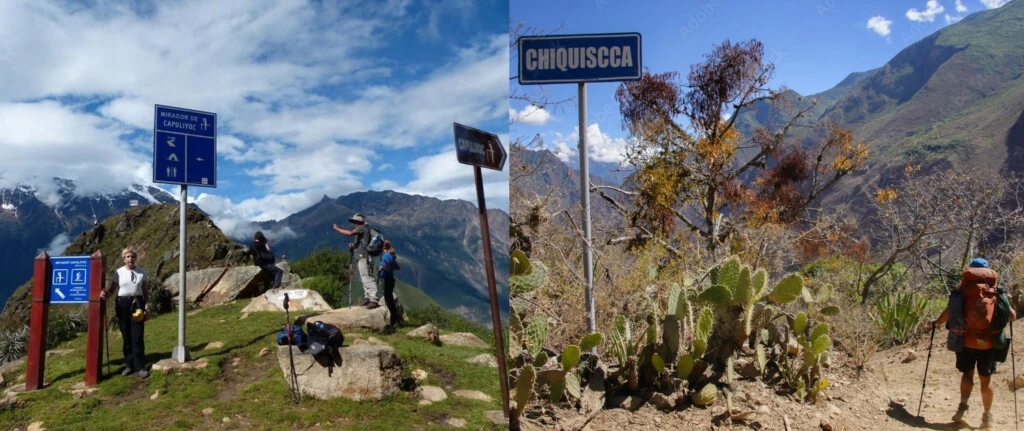
Day 2: Santa Rosa – Marampata – Choquequiaro ruins – Marampata.
It’s another early start today as we aim to get the best out of day 2 of our Choquequirao tour. After an early breakfast at around 5:30am, we head out at 6am and continue steeply upwards for 3 hours until we reach Marampata. Once we get going again after our well-deserved break at Marampata (2940m /
9646 ft), we will have our first glimpses of spectacular Choquequirao. From this point, it’s another 2 hours of hiking up gentle, undulating terrain until we reach the ruins, a welcome respite compared to what we’ve just accomplished!
Arriving at the ruins, we can enjoy a picnic lunch on the grounds and have a well- deserved break. After lunch we will start to explore the ruins (3050m / 10,007 ft).
Only about 30% of the Inca remains at Choquequirao have yet been excavated, the rest remains shrouded in mystery. As we explore, we keep our fingers crossed for the chance to see some condors!
After about 3 hours touring the site – including the religious sector and central part
of the ruins – we start our two-hour hike back to the campsite of Marampata. This
is a very long but rewarding day as we aim to maximize our time in Choquequirao.
• Total Walking Distance: 16.2 km
• Total Walking Time: 7-8h
• Minimum Altitude: 2095m (6873 ft) / Maximum Altitude: 3050m (10,007 ft)
• Altitude of camp: 2940m (9646 ft)
• Approx. night temperature: 5°C
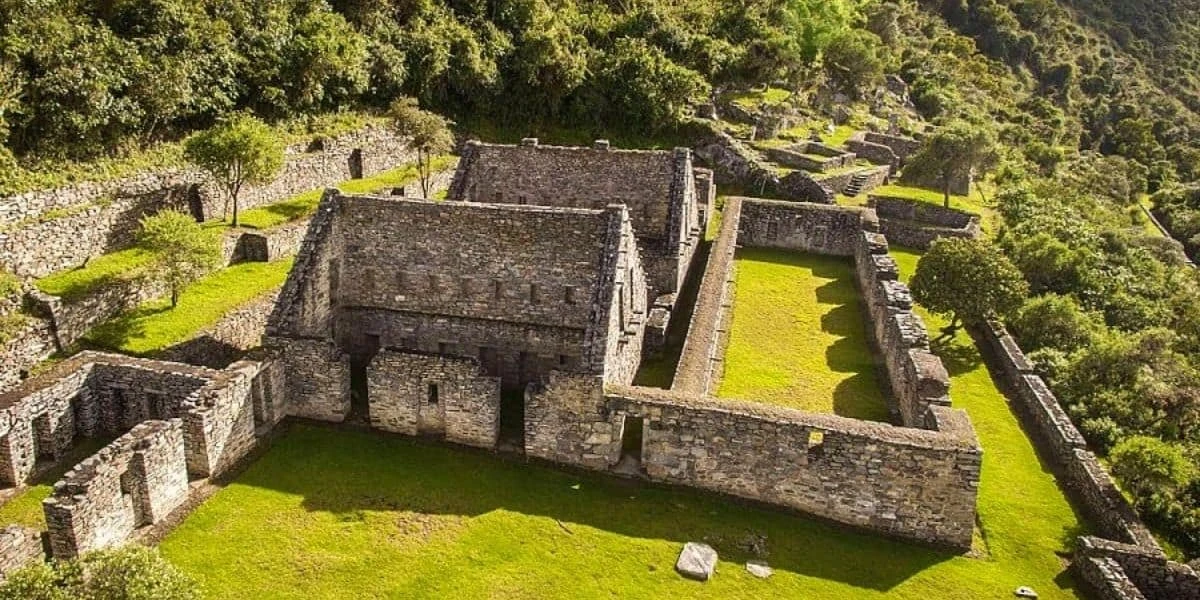
Day 3: Marampata – Santa Rosa – Chiquisqa.
Today we will leave the beautiful Marampata campsite and start our descent towards the Apurimac River and the so-called Rosalina Beach (1520 m/4986 ft). From there we will continue hiking upwards until we reach our campsite of Chiquisqa (1950 m / 6397 ft). If you have a good pace we may camp instead at Cocamasana (2450m / 8038ft).
• Total Walking Distance: 8.9km (12.3km if camping at Cocamasana)
• Total Walking Time: 4-5h (6-7h if camping at Cocamasana)
• Minimum Altitude: 1520m (4986 ft) / Maximum Altitude: 2940m (9646 ft)
• Altitude of camp: 1950m (6397 ft) (or 2450m (8038 ft), if camping at
Cocamasana)
• Approx. night temperature: 5°C
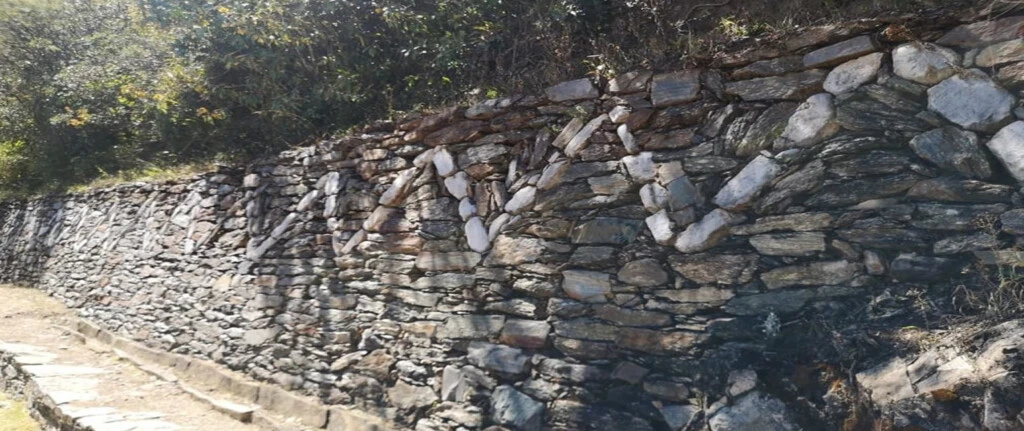
Day 4: Chiquisqa – Capuliyoc – Cusco.
This morning, we finish our Choquequirao trek with a 3 to 4-hour climb upwards to Capuliyoc. When we reach our destination, we’re once again rewarded with spectacular views. Our car will be waiting here to pick us up to start the 4.5-hour drive back to Cusco. On the way we have the option of visiting Saywite (3500m / 11,483 ft) which is a pretty archaeological site located in the district of Curahuasi. It’s an Incan complex that probably was built in the 16th century. Saywite occupies an area of around 2 hectares which houses important examples of Inca stone art, as well as religious-ritualistic spaces.
On the other hand, if all we want to do is relax, we can instead visit the Cconoc hot springs (1780m / 5840 ft). Its waters reach temperatures of 26°C and 35°C with a pH of 6.9, and are surrounded by carob trees, reed beds and cactus. It’s a wonderful place to relax.
The medicinal properties of the thermal baths and their pleasant temperatures offer the perfect place to rest our muscles and feet after this amazing 4-day Choquequirao hike. After a quick dip, we can enjoy lunch surrounded by the beautiful views of the Apurimac River valley.
Finally, we hop in our private car to continue the journey back to the City of Cusco, where we will be arrive around 6pm.
Total Walking Distance: 7km (or 3.6km, if you camped at Cocamasana on D3)
Total Walking Time: 3-4h (or 2h, if you camped at Cocamasana on D3)
Minimum Altitude: 1950m (6397 ft) / Maximum Altitude: 2970m (9744 ft)
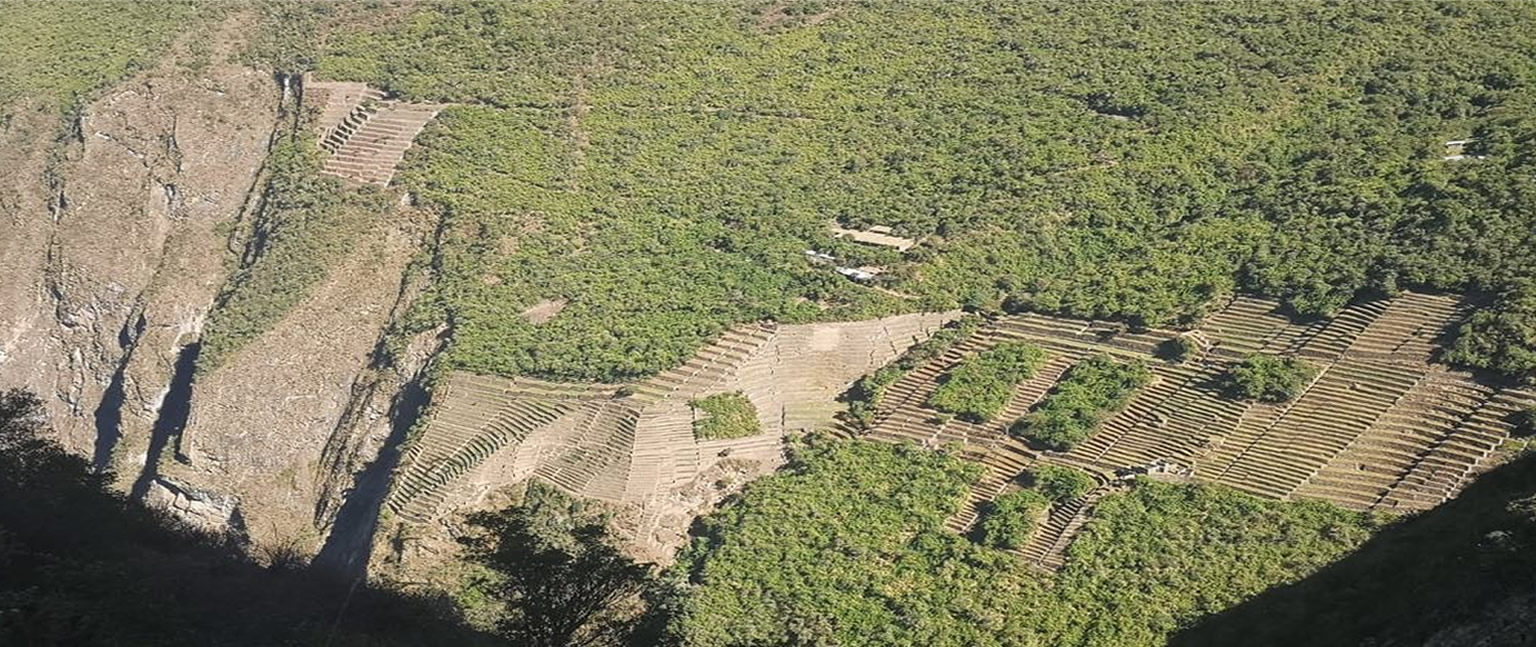
FREQUENTLY ASKED QUESTIONS (FAQs)
How difficult is Choquequirao?
We often get asked about the Choquequirao trek difficulty and it’s important to be realistic about what to expect. In comparison with other treks in the Cusco region, the Choquequirao tour is not what we’d describe as a high altitude trek. The highest point of the whole route is the Choquequirao ruins themselves, at 3050m (10,007 ft).
That said, this is by far one of the most challenging treks in the region as you descend 1500m the first day, climb over 1500m on the second day, and then after reaching the ruins, turn around and do it all over again on days 3 and 4! It should also be remembered that while this is not “high” by Cusco Standards, the starting point at Cachora and the ruins of Choquequirao are still high altitude. Remember all treks in the Cusco region are difficult for most people due to the high altitude and extremely steep mountains.
What fitness or training do you recommend?
Even the fittest person will find the hike to Choquequirao a test! Everyone who plans to tour Choquequirao should embark on a training plan. We do have a many older people who successfully complete this trek, but they are extremely fit and well prepared. Without doubt, anyone who is not fit should train in consultation with a medical and fitness professional. What this will entail depends on each person and their own abilities. Remember the difficulty of the Choquequirao trek is the steepness of the trail.
In short, the better your fitness, the easier and more rewarding the trek will be. How can I prepare myself for the altitude, and avoid altitude sickness?
There is one simple and easy way to prepare yourself for the high altitude around the Cusco area: Spend at least 3 nights at high altitude, like Cusco city, Lake Titicaca or the Sacred Valley. As Choquequirao is not super high altitude, most people can get away with just 2 nights’ acclimatisation prior to heading out on the trek. Not only is there so much to do and see around Cusco, but especially if you are able to get out and do several hours’ hiking, it will get your body prepared for the challenge facing it!
Also, be kind to your body! Get lots of rest upon arrival at Cusco, stay away from alcohol, and eat healthily. This will help your body to be as prepared as it can be for the difficulty of the Choquequirao trek.
What is the best time of year to do the 4 day Choquequirao trek?
The Choquequirao trekking tour is best done in the dry winter months in the Andes, from May to August. During this time, there is little rain but temperatures are low. Cold nighttime temperatures are not as much of a problem on this trek as they are on other, higher altitude treks, but you should be prepared for a cold night at the ruins.
December through March is the rainy season in Peru and we do not operate any of our Choquequirao tours during this time. Given the steep sides of the Apurimac canyon, the heavy rainfall can loosen the mountainsides and there is a high risk of landslides. This has resulted in death and injury of tourist groups in the past and for this reason we won’t trek in the wet season.
The shoulder seasons for trekking Choquequirao are the months of April,
September, October and November. Trekking during these months is weather- dependent. For example, April can still be very slippery and wet if it was a particularly wet rainy season; by the same token November can be hazardous if heavy rains come early. In general September and October should be ok, though with some rain encountered.
What kind of food and accommodation can we expect on the Choquequirao trek?
The Classic Choquequirao trek (4 days) includes 3 nights of camping. You are accompanied by a trained field team who set up our tents, lay out the therma rest matrasses and boil water for you to wash your hands and face. Having good quality, well maintained equipment that keeps out the rain and mosquitos is important to having an enjoyable trek experience!
Also on your Choquequirao tour will be a chef and at least one assistant. It’s quite fascinating to see how our chefs whip up nutritious quality meals on the trail! Our chefs receive annual training in order to offer you some really impressive meals. This is not basic trail food, but fully catered for trekking.
We can cater for all types of dietary requests with adequate preparation and clear communication. We receive a lot of vegetarian guests and our cooks have become quite adept at preparing vegetarian and vegan options!
What permits are required?
There are no pre-purchased permits required. However, you are required to have an entry ticket to Choquequirao ruins, which we have included in our Choquequirao trek cost.
What do you carry during the trek?
Cachi Life Peru are organized so that all you carry on the Choquequirao tour is a light day pack. In your day pack, you should carry things like your water bottle, some extra layers, camera, sun hat, beanie, sunscreen and insect repellent. Water is very important on the trek. You should start the day with 2L; you will have a chance to refill at lunchtime, and again in the evening. If you are the type of person that gets thirsty, start the day with 3L! We also provide an ample range of snacks which will fill up the average person – if you have hollow legs, you might need to bring some of your own!
At your briefing, you will be supplied with a duffel bag that you can pack with up to 8kg (17 lbs). All of the camping equipment needed on the trek is also carried by mules.
Is the 4 day choquequirao trek right for me?
In order to answer whether this trek is right for you, ask yourself the following questions:
• Do I have time to acclimatize well? – While not at the highest altitude
around Cusco, this is still a high altitude trek, with the campsite on Day 2 located at 2900m (9514 ft), so you must be well acclimatized before beginning
the trek. For most people 2 days acclimatisation should be sufficient, but 3 days or more would be better.
• Am I prepared to climb and descend steeply – Each day of the Choquequirao trek involves approximately 1500m (4921 ft) of descent or ascent. This is a very steep trek and requires a lot of stamina and mental fortitude, not to mention fitness!
• Am I looking for solitude on the trail and a unique experience? – If so, Choquequirao is a reasonable option for you. It’s not the quietest trek in the
region, or the busiest. If you are looking forward to meeting fellow trekkers on the trail or at campsites and make new friends, you might prefer a more
popular trek such as Salkantay or the Inca Trail to Machu Picchu.
• Am I most interested in stunning mountain landscapes and Andean wildlife? – The Choquequirao tour has some truly incredible mountain
landscapes, and in the middle there are even snow-capped peaks all around. There is not a lot of Andean wildlife, but you do have the chance of seeing the Andean condor flying on the thermals out from the Choquequirao ruins!
• Am I looking for a trek that includes Machu Picchu? – The 4 day Choquequirao tour does not include Machu Picchu. You can add a Machu
Picchu Extension to your itinerary.
• Is visiting Incan Ruins important to me? – This is a fantastic route for the Inca enthusiast – Choquequirao is said to be larger than Machu Picchu itself
with new discoveries being made all the time. This is most definitely a good trek if you want to learn more about the Incas.
• Am I interested in learning about contemporary Andean culture? – If so, then one of our Lares treks might be a better option.
INCLUDES
In the tour included:
- Tent: 2 people in a 4-person tent, allowing for greater comfort and backpack storage throughout your Choquequirao tour!
- Basic foam mattress. If you require greater comfort during the trek we can rent you an inflatable mattress.
- Toilet tent
- Meals: Dining tent with camp tables and chairs, and kitchen tent for the cook to prepare meals
- Cook and cooking equipment, plus assistants for larger groups.
- Meals as indicated in our Choquequirao trek itinerary. Our professional cooks prepare a combination of traditional Peruvian and Western cuisine. Talk to
your Travel Consultant during the booking process if you have certain preferences! Vegetarian, vegan and gluten-free options available. When served, salads are washed in boiled water. - Lunch on the last day is included in this itinerary Transport:
- Collection from your hotel on the morning of the Choquequirao trek departure
- Private transport from Cusco to the trailhead and return at the end of the trek Team:
- English/Quechua/Spanish speaking professional guide who will lead the Choquequirao tour, plus an assistant guide for groups over 8
- Horses and horsemen, who carry camping equipment, food and kitchen utensils. We provide duffel bags at your briefing for your personal items (up to
8kg/17lbs per person). - Tents, sleeping bags and mattresses for our staff to sleep in, plus a budget for their meals
- 1 emergency horse which can be ridden if you are feeling ill or if you are a little slower
- First aid kit including emergency oxygen bottle
- Pre-trek briefing
- Entry fees
NOT INCLUDED
- Breakfast on the first morning
- Dinner on the last night.
- Sleeping bag you can rent from us if you don’t have one with you.
- Additional horses for your personal luggage
- Tips for the guide, cook and muleteers
- Travel Insurance
WHAT YOU NEED TO BRING:
- Original passport
- Sleeping bag (or you can rent one from us)
- A small day backpack to carry your personal belongings (horses will carry items not needed during the day)
- Trekking poles (or you can rent a pair from us)
- Bathing suit (if you would like to enjoy the hot springs in Lares and/or Aguas Calientes)
- Good sneakers or light hiking boots, and one pair of flip-flops or light sandals
- Camera and extra batteries
- Flashlight
- Rain jacket and plastic poncho (especially if traveling in the wet season, from October to March)
- Comfortable hiking clothes
- Bug repellent
- Sunscreen and sunglasses
- Cap for the sun
- Warm clothes for nighttime including thermals, warm hat, and gloves
- Travel towel
- Toilet paper
- Water bottle and about 1 liter of water for the first day until lunch (after that, we will supply boiled water for the rest of the hike)
PRICES
Price:
2 persons 629 USD per person
3 persons 619 USD per person
4 persons 609 USD per person


